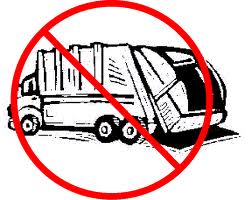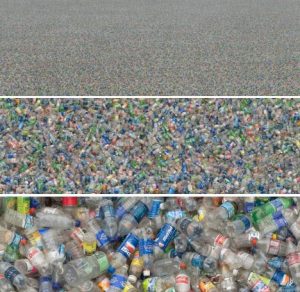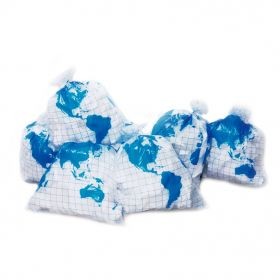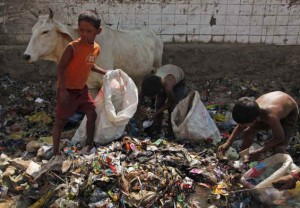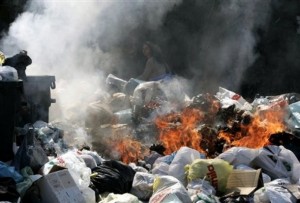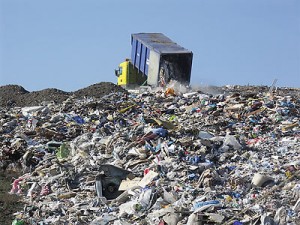In my last few posts, I have already written about “What happens to our waste?” and “What can we do about it?” If you have not already read those posts, read them now before continuing. In this post, I am going to list down a ‘call to action’ plan where I intend to implement dry waste segregation, collection and recycling in residential apartments across Bangalore and Delhi/NCR. I am already involved in some waste management related activities in Bangalore for the last few months. Apart from that, I am participating in Landmark Education’s Self Expression and Leadership Program (SELP) and as part of that, I have to do a community project. So I am taking this up to fulfill both the above objectives…
What I want to accomplish is to implement dry waste segregation at source (into paper, plastic, others) in residential apartment complexes and ensure the segregated waste is sold to the recycler. This will reduce the waste going out to landfills by a good percentage (60-80%) and also generate income for the residential apartment. This income can be used in the welfare/salary of the housekeeping staff in these apartments. So lets get to the plan now and see how do we go about executing the “No Waste” initiative –
Step 1 – Talk to the group managing day to day affairs of the apartment and educate them about the “No Waste” initiative.
Step 2 – Do a door to door educational / awareness campaign educating the residents about the need to segregate waste and its advantages.
Step 3 – Distributing colored bags for three different levels of segregation of waste. Step 2 and 3 can be clubbed together.
Step 4 – Doing weekly collection of the segregated dry waste (every Sat/Sun) from the residents, educating the residents at the same time if they have not done it properly, or educating the households which are not participating.
Step 5 – Organizing a event where residents / maids / housekeeping staff will be educated about the need for waste segregation. Some NGO will come and readily help us with this. Can be done independent of the other steps.
Step 6 – Storing the collected waste in the apartment complex, where it can be picked up by the recycling company or some NGO where it can be recycled. This can be done on weekly or fortnightly basis depending on quantity of waste generated.
Step 7 – Revenue generated from selling off recyclable material can be used to promote the campaign and to pay the salary of the housekeeping staff involved in the same.
So it will be a win-win situation for all. It will be good for the environment as the waste going to landfills will be reduced drastically. It will be good for the industry as it will get recyclable paper/plastic for use as raw material and reduce their input costs. It will be good for the housekeeping staff as it will generate income from the sale of recyclable material which can be used for their welfare. The only thing required is a little effort from our side. So lets join hands to make this a reality.
So if you live in an apartment complex and want to implement this there, get in touch with me. If you know anyone who is willing to take this up, get me contacted to that person. And if you want to be a part of this project but don’t live in an apartment, there is still a lot you can do, so get in touch with me. You can call me at +91-9916532966 or ping me online.
Current Status – Step 1 and 2 have been done in many (8+) apartments and all steps (till step 7) in around 5-6 apartments. Kudos to all those involved!!


